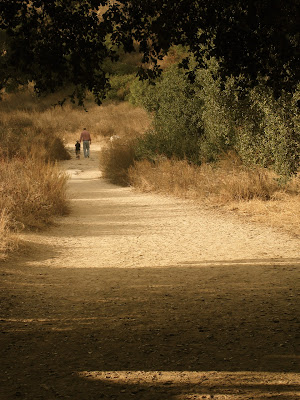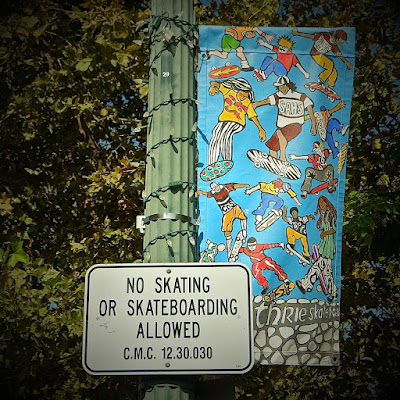The books that I read in June 2022
 |
| June 2022 Books: photo by Cliff Hutson |
Cliff's Notes
"Annotated TBS"
"The Big Sleep" may be one of Raymond Chandler's best known works. I feel that this edition should count as two books for the month. As, not only does it contain the complete text of the original story, there are nearly an equal number of pages of notes and comments. They provide very interesting insights as to how Chandler wrote (valuing style over plot) and how he "cannibalized" from stories he had previously done for magazines. There are a lot great photographs and illustrations as well.
I recommend it to any fan of crime fiction.
"Driving While Black"
This is another book that I learned of through Bookish. While many of us think of DWB as a contemporary expression, Sorin devotes only the epilog to recent examples of the injustices suffered by Black Americans. The body of the book is a history of the difficulties they encountered while traveling, how the automobile became a liberating mechanism, and that contributed to achieving civil rights.
"Trouble"
Reading this was a great follow up to "The Annotated Big Sleep". It has an introduction written by Chandler and four longish stories: "Trouble Is My Business", "Finger Man", "Goldfish", and "Red Wind." Which previously appeared in magazines.
One example of the cannibalism cited above is clearly evident in that "Finger Man" has a scene set in a casino that is very much like the one in "TBS."
By the way, "Red Wind" contains one of the best descriptions of
Santa Ana winds ever written:
“There was a desert wind blowing that night. It was one of those hot dry Santa Anas that come down through the mountain passes and curl your hair and make your nerves jump and your skin itch. On nights like that every booze party ends in a fight. Meek little wives feel the edge of the carving knife and study their husbands' necks. Anything can happen. You can even get a full glass of beer at a cocktail lounge."
"On Juneteenth"
I recently wrote about
Juneteenth and how some Texans are annoyed that it has become a widespread holiday. Gordon-Reed was initially one of those people. She uses that to move on to a brief history of Texas, and why it may be special, filtered through her personal history of growing up there.
"Poodle Springs"
When Chandler died in 1959, he had completed only the first four chapters of "Poodle Springs". Decades later, his estate hired the author of the Spenser novels to finish the story. Parker did a pretty good job. The transition is fairly seamless, though at times the dialogue between Marlowe and Linda smack of conversations held by Spenser and Susan.
Summer Reading Assignment
“Read the books they’re banning. That’s where the good stuff is. If they don’t want you to read it, there’s a reason why.”













